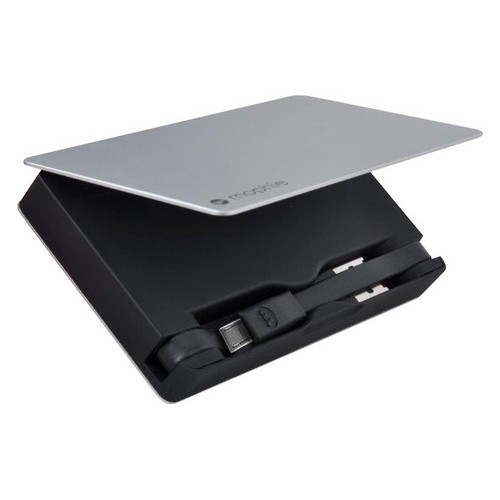Do you have a regular mortgage? If so, or if you ever have had one, you will be aware that you don’t get money on a monthly basis – you pay the bank money on a monthly basis. You definitely can’t retire with that and no other income, can you?
Now, consider a reverse mortgage. With this type of mortgage, the bank pays you instead of the other way around. If you haven’t heard of this before, you might want to check out a guide to reverse mortgages. It answers many of the questions that people have regarding this type of mortgage. It will also tell you how it works and what you need to do to get started.
Traditional Retirement
We all know that traditional retirement plans, like the 401k, are slowly disappearing. Did you know that to have a comfortable retirement nowadays, it is recommended that you have about $800,000 saved up? How do you do that without winning the lottery or living like a pauper? It is possible, with some luck in the stock market, or some wise real estate investments. Not everyone will find that so easy to do, though.
Do It Naturally
What if you could be saving for retirement just by doing what you would normally do? No extra savings accounts, no investments, just paying your bills and living your life. Most people grow up, get a job, get married, buy a house, have children and then raise them. Now, what part of that cycle do you think could help you in your retirement years? The answer is simple… the buying of a house.
Reverse Mortgage
You may have heard the term reverse mortgage at some point, but do you know what it is? A reverse mortgage can be defined as a kind of mortgage where the person who owns a home can borrow against the value of that home. There is not any need to repay the mortgage until either the owner of the home dies or moves out of the home and the home is sold.
A Few Requirements
As with just about everything these days, there are some requirements. First, the borrower must be at least 62 years old. The home that is to be mortgaged must be the primary residence and can have no other liens on it. If there is already a mortgage on it, that mortgage has to be paid off with the reverse mortgage.
Advantages
There are pros and cons to everything and this is no different. Here is a quick peek at a few of the advantages.
- Homeowner is allowed to remain in the home.
- Existing mortgages will be paid off, eliminating any monthly payments going out.
- Homeowner will receive payments either:
- Monthly
- As a line of emergency credit
- As a lump sum
- Proceeds from the loan are not taxable.
- Interest rates can be lower than with traditional or home equity loans.
Disadvantages
Some of the disadvantages include:
- While associated fees might be the same for a reverse mortgage as for an FHA mortgage, they can be higher than conventional mortgages due to the cost of insurance. The biggest of these costs are the origination fee and the FHA mortgage insurance.
- The balance of the loan grows over time while the value of the estate decreases at the same rate.
- A reverse mortgage can have a bit of impact on government programs such as SSI or Medicaid.
If you are looking for a way to pay for your retirement and you are a homeowner, a reverse mortgage might be just the solution you have been searching for.





